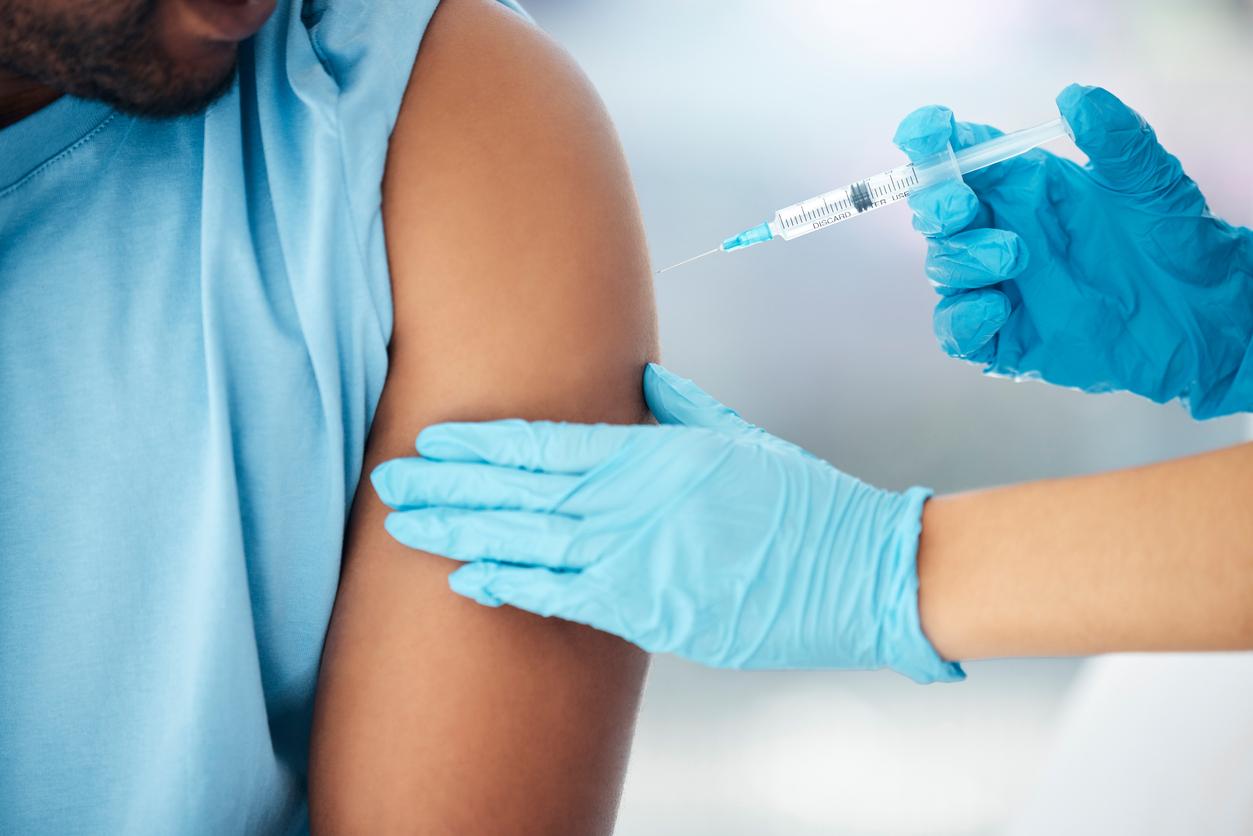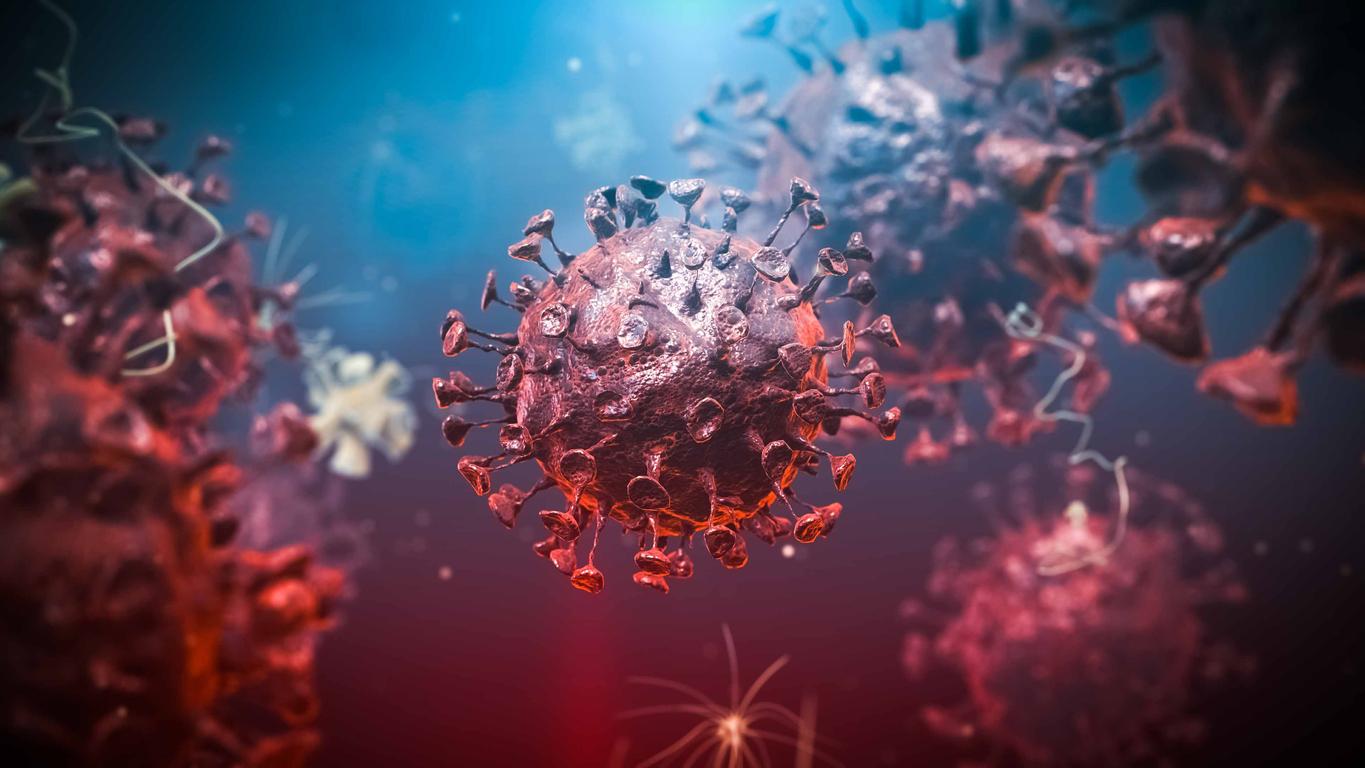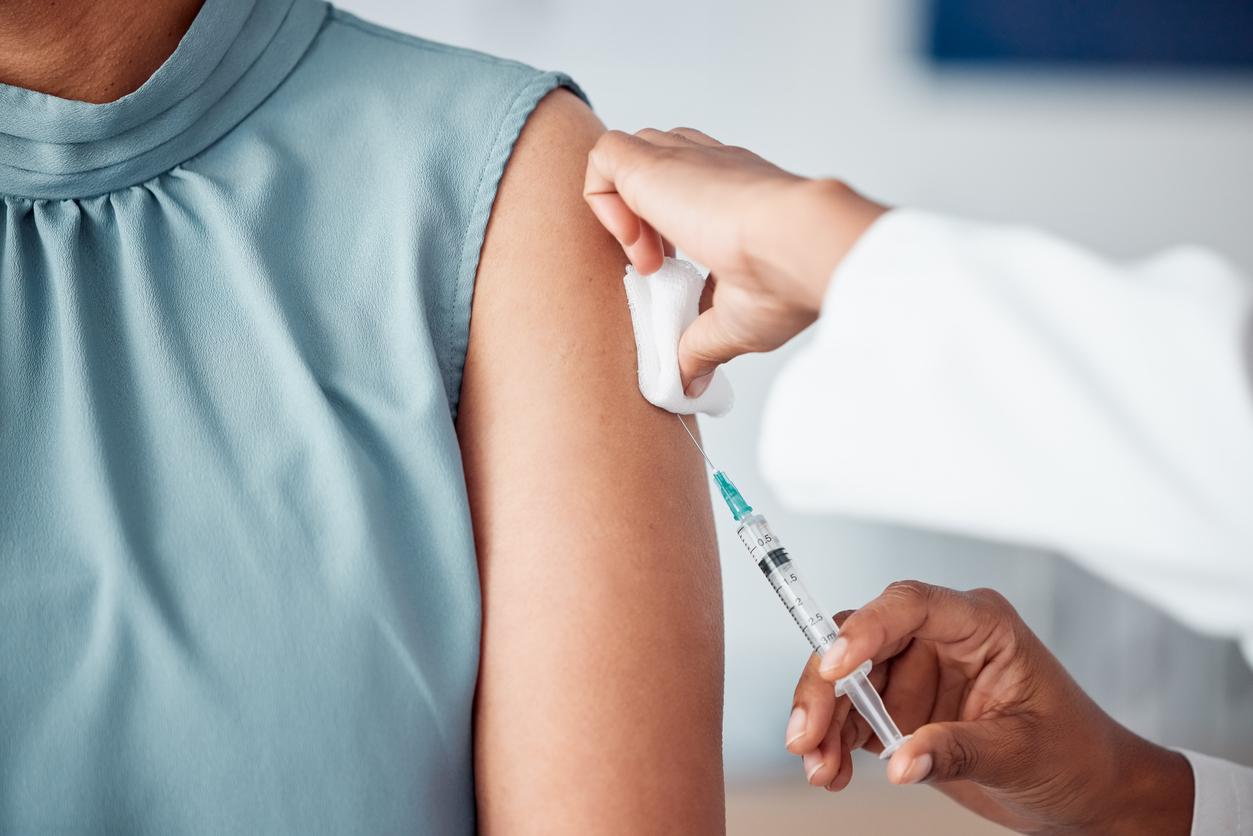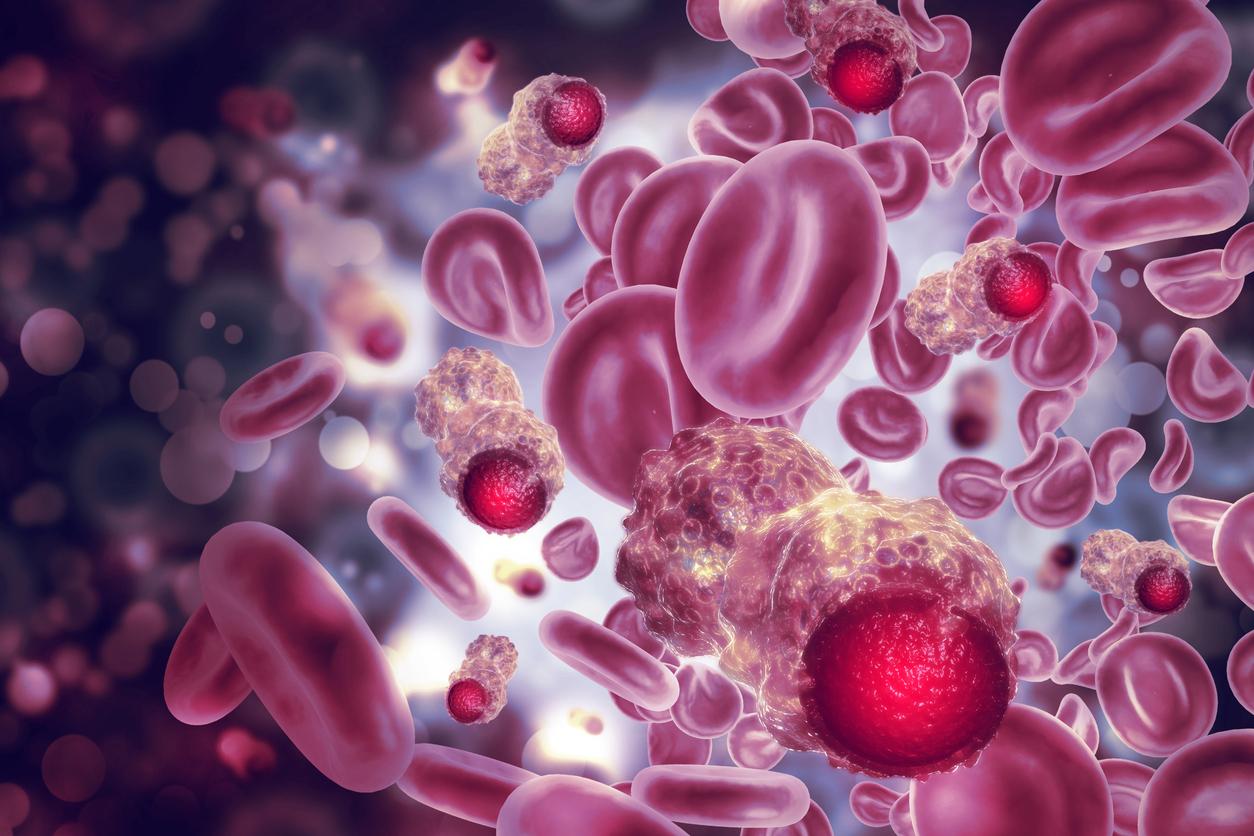The most reliable PCR tests would be those whose samples were taken in the afternoon, and more particularly at 2 p.m. On the other hand, those carried out in the morning and in the evening would not be as exact. Explanations.
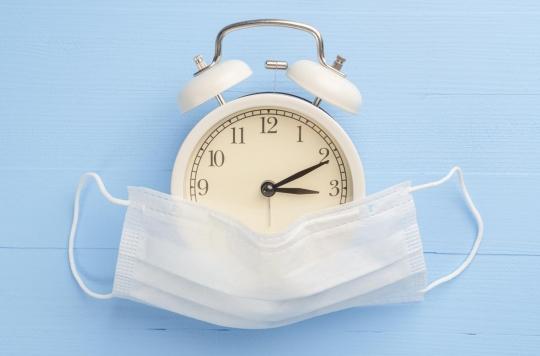
- PCR tests carried out in the afternoon would be more reliable
- This observation corresponds to a higher viral load in the middle of the day
- This variation in viral load during the day is observed in viruses other than SARSCoV-2 such as influenza or herpes
Some people remain skeptical about the results of PCR tests from nasopharyngeal swabs. Indeed, among all those made in a day, some may be “false negatives”. In other words, tests saying that the patient does not have Covid-19 when he is a carrier of the virus. A preliminary study published on the site medRxiv helps to better understand why these “false negatives” exist. According to the authors, PCR tests carried out in the afternoon would be more reliable than those whose samples were taken in the morning and evening. And the reason is simple: the viral load would be stronger in the middle of the day.
More reliable tests when performed at 2 p.m.
To arrive at their results, the scientists studied 30,000 PCR tests carried out at different times, both in hospital and on an outpatient basis, that is to say in laboratories or other sites carrying out this type of analysis. They thus observed that the results of these tests were more reliable in the afternoon and even more so when the samples were taken at 2 p.m. Indeed, the quantity of positive tests was greater at these times of the day than in the morning and evening. Through their research, the authors concluded that these were actually less reliable in the morning and evening. “This finding is in agreement with the results of previous studies on other viruses such as fluI’herpes and the dengue feverwhere the interactions with the immune system lead to a variation diurnal viral shedding and symptoms”, believe the authors of the preliminary study.
Nasal secretions are more important in the afternoon
Apart from the higher viral load in the afternoon, other phenomena may explain the increased reliability of the tests in the middle of the day. Nasal secretions, for example, would be more important in the afternoon, which necessarily induces a higher viral load in the samples. Thus, the greater the quantity of virus, the less risk there is of not detecting it. Carrying out the PCR tests in the afternoon, and more particularly from 2 p.m., would therefore ensure their greater reliability. This is all the more true for antigenic tests – by nasopharyngeal swab but whose result is displayed in a maximum of 30 minutes in the form of bars that appear on a box – which are deemed to be less reliable than conventional PCR tests.
“A shedding cycle peaking in the afternoon may play a role in the spread”
“A shedding cycle peaking in the afternoon may play a role in community and hospital spread”, say the authors. Excretion is the action by which individuals reject substances secreted by their body, including the virus. As SARS-CoV-2 is transmitted by droplets and micro-droplets, the authors thus imply that the reduction in social interactions in the afternoon could reduce the number of contaminations.
Recall that the PCR tests remain reliable in 80 to 95% of cases. And, according to Public Health France, the test positivity rate over the past seven days was 8.1% this Saturday, March 27. A figure which, despite the doubts allowed on the “false-negatives”, does not allow to relax the efforts on the respect of the sanitary rules and the gestures barriers.
.











